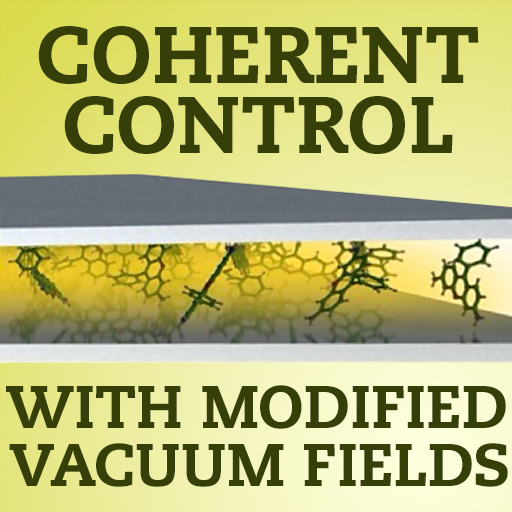Speaker
Description
In this presentation, we employ a numerically exact, fully quantum dynamical approach to systematically investigate the mechanisms underlying the rate modification of ground-state chemical reactions inside an infrared optical cavity under the vibrational strong coupling regime.
First of all, we've revealed that static quantum features such as zero-point energy and pure tunneling effects are not the major cause of the observed resonant rate peak.
Secondly, we proposed a mechanistic insight into this resonant rate modification. The resonant chemical reactivity alternation can be rationalized by the opening of cavity-induced intramolecular and intermolecular reaction pathways. A cavity-induced intramolecular reaction pathway involves two distinct energy exchange processes. The first energy exchange is between molecular vibrations and the cavity radiation mode, which enforces the resonant condition, where the photon energy matches a dipole-allowed molecular vibrational transition. The second energy exchange occurs between the cavity radiation mode and its surrounding bath, facilitating the thermalization of the cavity mode and thus ensuring the sustainability of the former energy exchange process in the long run. Furthermore, the collective coupling of molecules to a resonant cavity mode can also initiate an intermolecular reaction pathway, which is a fourth-order effect with respect to the light-matter coupling strength. These cavity-promoted intra- and intermolecular reaction pathways remain unaffected, regardless of whether the molecular dipole moments are aligned in the same or opposite direction as the light polarization, which means that the rate alternation can survive in an anisotropic ensemble.
Thirdly, a strong anharmonic reaction can exhibit multiple peaks, and their heights are determined jointly by several kinetic factors.
Lastly, we conduct a comparative analysis by juxtaposing the mixed quantum-classical results with fully quantum mechanical simulations. In this mixed quantum-classical approach, the cavity radiation mode is treated classically with a mean-field nuclear force averaging over the remaining degrees of freedom, both within the system and the environment, which are handled quantum. Through this comparison, we confirm that a quantum-mechanical description of both cavity mode and molecular vibrations is imperative in reproducing the resonant peak observed in the cavity frequency-dependent rate profile.

